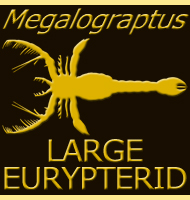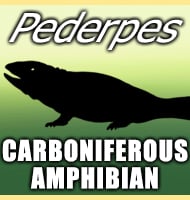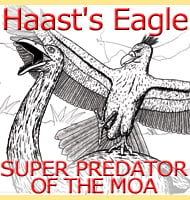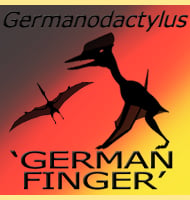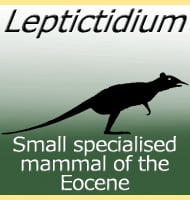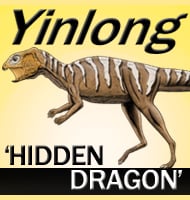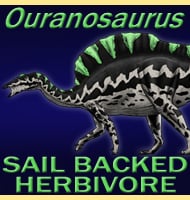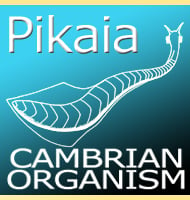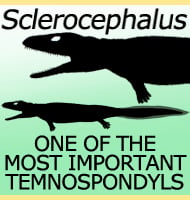In Depth
Not many pterosaurs are known from Spain, but Prejanopterus is so far one of the better preserved specimens. The interesting thing about the Prejanopterus is that although the bottom jaw is straight, the upper jaw curves upwards and away from the bottom jaw. This is not considered a distortion of the jaw as a product of the preservation process as all known specimens of Prejanopterus display this curvature.
The curved upper jaw of Prejanopterus has caused some confusion amongst palaeontologists as to how Prejanopterus could eat, especially when Prejanopterus is usually depicted as a fish eater. However another pterosaur named Dsungaripterus had a similar curvature to its jaws, and it is thought that the curvature in Dsungaripterus existed as a tool so that Dsungaripterus could dig out invertebratres from the sand and mud. We can not say at his time if this was also the case for Prejanopterus, but it is at least a possibility.
Further Reading
– Un nuevo pterosaurio (Pterodactyloidea) en el Cret�cico Inferior de La Rioja (Espa�a). – Bolet�n Geol�gico y Minero 121(3):311-328. – C. F. Vidarte & M. M. Calvo – 2010. – Reassessment of Prejanopterus curvirostris, a Basal Pterodactyloid Pterosaur from the Early Cretaceous of Spain. – Acta Geologica Sinica. 86 (6): 1389–1401. – Xabier Pereda-Suberbiola; Fabien Knoll; Jos� Ignacio Ruiz-Ome�aca; Julio Company; Fidel Torcida Fern�ndez-Baldor – 2012.

